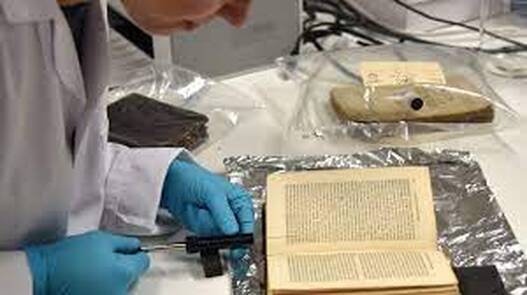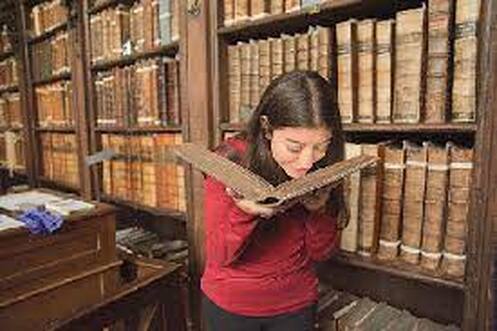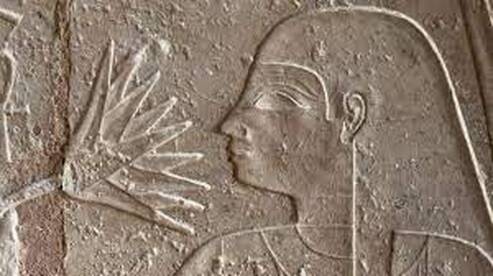|
Scientists have long been fascinated by the idea of decoding the past through smell. With the help of new technology, researchers are getting closer to understanding how different smells can reveal information about ancient societies and environments. One example is the study of ancient pottery. By analyzing the residue left inside pottery vessels, scientists can determine what they were used for and what kind of food or drink was stored in them. This can provide insights into the diets and trade networks of past civilizations. Another example is the study of ancient perfumes. By recreating perfumes from recipes found in historical texts and artifacts, researchers can learn about the ingredients and techniques used in the past.
This can provide insights into cultural practices and preferences, as well as the economic and social importance of the perfume trade. The study of ancient smells can also reveal information about the environment. By analyzing the composition of ancient air trapped in ice cores or sediment layers, scientists can reconstruct past climate conditions and changes. This can provide insights into the impact of human activities on the environment and the consequences of climate change. While the science of decoding the past through smell is still in its early stages, it holds great promise for uncovering new insights about our shared history.
By using innovative technology and interdisciplinary approaches, researchers can continue to unlock the secrets of the past, one scent at a time.
0 Comments
Leave a Reply. |
�
categories
Categories
All
|





 RSS Feed
RSS Feed